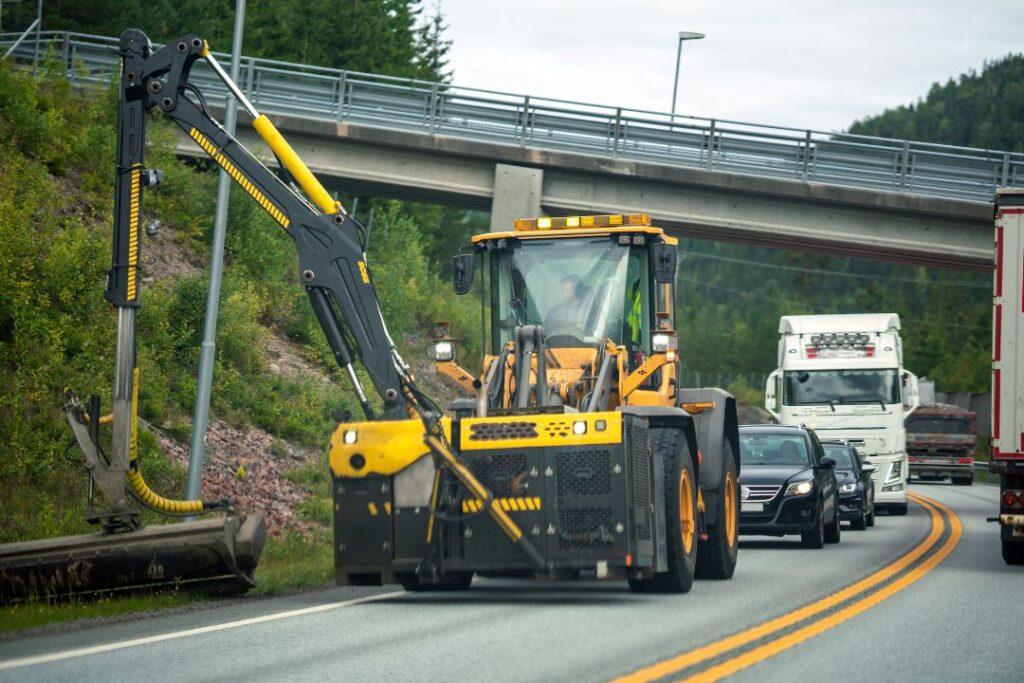
Roadside maintenance is essential for ensuring the safety and functionality of highways and roads. However, it presents significant risks to personnel due to fast-moving traffic and challenging work environments.
This article explores common roadside maintenance risks and outlines critical safety measures to minimize them. By following these guidelines, teams can work efficiently while reducing the likelihood of accidents.
Common Roadside Maintenance Risks
Workers performing roadside maintenance face various dangers, including high-speed vehicles, limited visibility, and unpredictable weather conditions. Passing vehicles can strike workers or equipment if workers don’t take proper precautions.
Reduced visibility at night or during adverse weather increases the likelihood of accidents. Slippery or uneven terrain on roadside ditches or hills can further increase the risk of falls or equipment tipping.
Follow Safety Procedures
Implementing standardized safety procedures is the first step in reducing risks during roadside maintenance. Position vehicles equipped with proper warning lights and reflective signage to alert approaching drivers.
Road closures or lane restrictions should follow clear traffic management protocols. Additionally, designate clear entry and exit points for personnel and equipment to prevent confusion.
Always Wear Safety Gear
Wearing the correct safety gear is vital for roadside workers. High-visibility vests allow workers to remain visible to oncoming traffic, especially in low-light conditions.
Steel-toed boots and hard hats protect your feet and head from falling objects, debris, and heavy equipment parts. Gloves and eye protection further enhance safety during tasks that involve handling tools or hazardous materials.
Adhere to Safety Regulations
Compliance with safety regulations ensures a structured approach to workplace safety. Refer to guidelines, such as those set by OSHA or your local regulatory body.
These standards address essential practices, such as work zone setups, traffic barriers, and equipment safety. Complying with these rules is a legal requirement and critical for a worker’s well-being.
Conduct Regular Training
Proper training keeps workers well-prepared to handle the challenges of roadside maintenance. Conduct sessions to educate teams on hazard identification, emergency procedures, and equipment handling.
Make training a continuous process to keep workers updated on regulatory changes and best practices. Additionally, schedule training to teach teams to evaluate roadside maintenance equipment to ensure it remains functional and safe for use.
Roadside maintenance comes with many risks, but thorough safety practices can mitigate them. By following these safety procedures and tips, road maintenance teams can minimize dangers. For more information on safety protocols and equipment recommendations, refer to relevant regulatory publications or consult industry experts.


